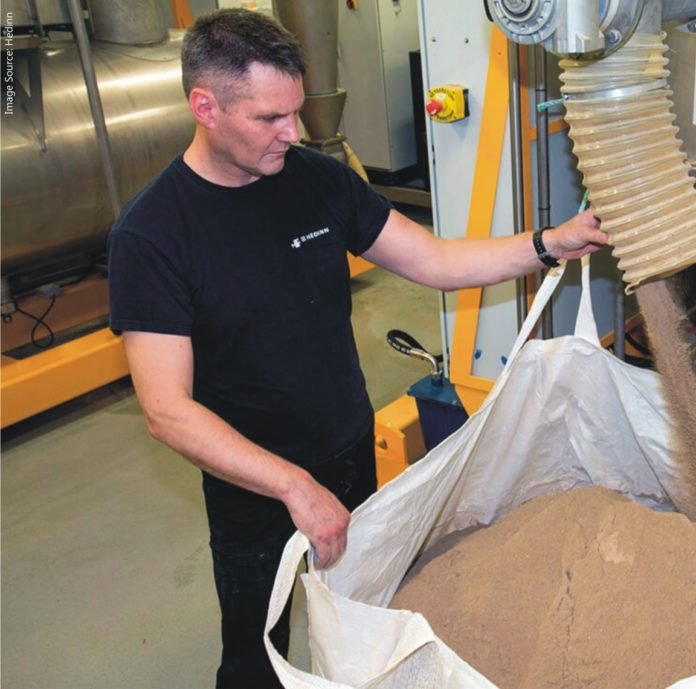Since 2016, China has produced around 400,000 metric tons of fishmeal a year, said Guo Jiyuan, technical director at Chinese feed giant New Hope Liuhe.
At its recent peak in 2012, China produced 1.24 million metric tons.
Production is expected to decline, meaning China, the world’s largest fishmeal importer, will require more imports to maintain current supply levels, said Guo.
The decline is in part attributed to stricter fisheries management; China’s Ministry of Agriculture has required local fishing companies reduce total catch from coastal waters to 10 million metric tons from 17m metric tons by 2020, said Guo.
“This will contribute further to the downwards production trend.”Guo noted many local firms have dropped out of the sector.
Ten years ago in Rizhao city in Shandong province, there used to be 270 companies producing fishmeal; today, there are just over 50 fishmeal manufacturers nationwide, he said.
Import Scenario
Quality issues with fishmeal imports are a concern for Chinese importers.
Issues range from the presence of worms, bacteria and bad smell, several members of the audience said at the recently concluded IFFO fishmeal meeting.
One said the problems had got noticeably worse in the past three years.Neil Auchterlonie, technical director at IFFO, said he was not aware of a wider problem with fishmeal quality but said it sounded as though the problems could be due to excess moisture residue. He added issues would need to be investigated on a case-by-case basis and Hazard Analysis Critical Control Point, or HACCP, processes along the supply chain checked.
China imported some 1.46 million metric tons of fishmeal last year.The majority of its fishmeal is from Peru, the world’s largest fishmeal producer. But, in recent years, more has come from other origins, such as Russia and Mauritania.
Source: Undercurrent









